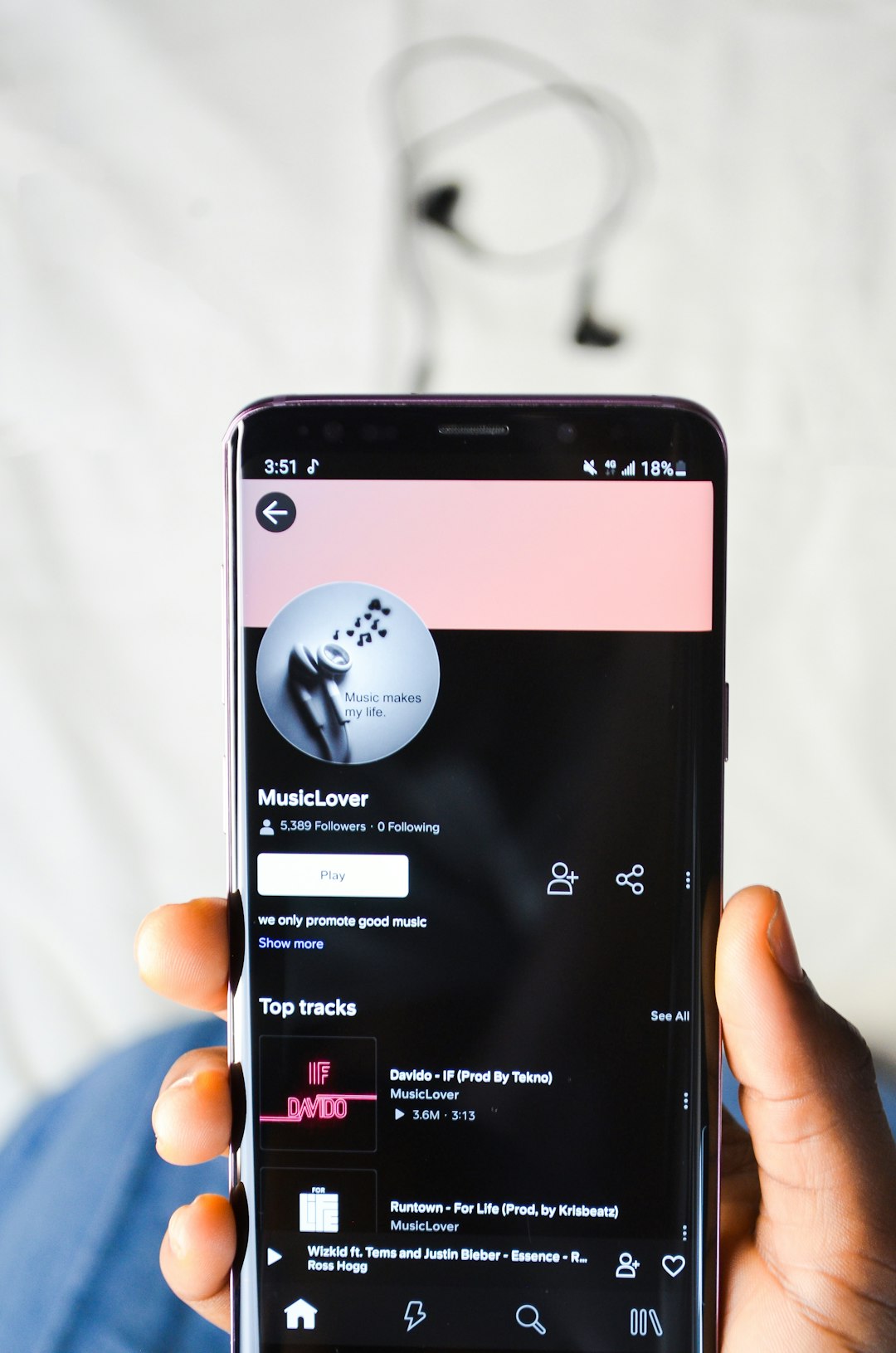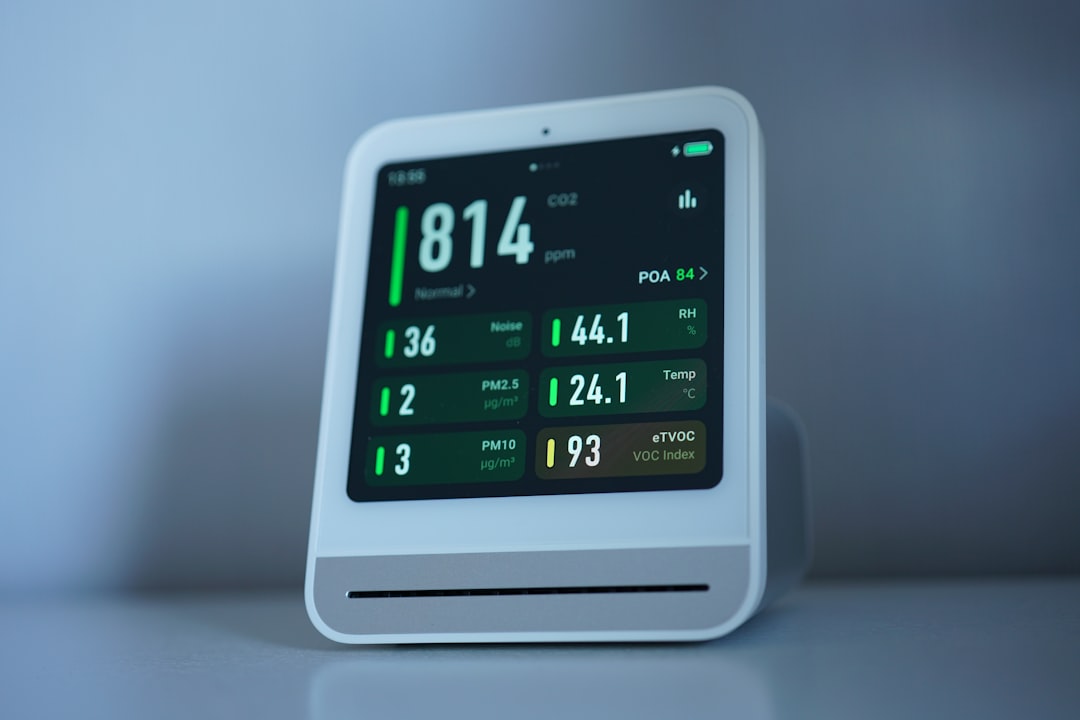In the rapidly evolving landscape of mobile health applications, few apps have held the impact and legacy of the BugDrug iOS app. Initially launched in the early 2010s, BugDrug was a pioneering mobile tool designed to assist healthcare professionals, particularly in infectious disease management and antibiotic prescription. At a time when mobile medical reference apps were just beginning to gain traction, BugDrug distinguished itself with a focused, efficient, and highly relevant approach to a critical aspect of modern medicine: antimicrobial stewardship.
The Origins of BugDrug
Developed by a team of infectious disease specialists and clinical pharmacists, BugDrug targeted a fundamental challenge in medicine—prescribing the right antimicrobial treatment for specific bacteria. The app’s mission was straightforward yet profound: to simplify the decision-making process for healthcare providers grappling with uncertain microbiological data or unfamiliar pathogens.
By combining microbiological knowledge, empirical recommendations, and local resistance data, BugDrug brought reliable information directly to the clinician’s fingertips. This was especially valuable in acute care settings where timely, evidence-informed decisions could mean life or death for patients with serious infections.
Key Features That Made BugDrug Stand Out
The app gained immediate popularity among physicians, residents, and pharmacists because of its user-centric and evidence-based design. Some of the core features included:
- Bug-to-Drug Matching: Users could look up common pathogens and see recommended treatments based on typical resistance patterns.
- Geographic Resistance Guidance: The app allowed for customization based on local hospital antibiograms, making it far more practical than generalized online references.
- Organ System Navigation: Medical professionals could search by organ system (e.g., urinary tract, respiratory infections) for empiric treatment guidance.
- Dosage and Monitoring Tools: Integrated calculators and monitoring recommendations streamlined the prescribing process.
- Offline Functionality: Perhaps one of the most critical features for hospital use was its ability to work fully offline, ensuring accessibility during emergency scenarios or in areas with poor WiFi coverage.
Each of these elements reflected a careful balance between technological capacity and clinical usability, two dimensions that are often at odds in app development. BugDrug proved that it was possible to honor both ideals.

Adoption and Impact in Healthcare Settings
BugDrug quickly became a staple in residency programs and hospital rotation settings. Its deep attention to the needs of the front-line prescriber made it a must-have on the wards. The app found especially strong uptake among internal medicine, emergency medicine, and infectious disease practitioners who valued hygiene, decision speed, and risk mitigation in clinical environments.
The app did more than just improve prescribing efficiency. It actively contributed to the global fight against antimicrobial resistance by encouraging smarter, localized decision-making. Stewardship programs integrated BugDrug into their workflows, using it as a training resource for medical students, residents, and even attending physicians.
Another area where BugDrug made a significant impact was global medicine. Mission doctors and practitioners working in resource-limited settings appreciated the app’s offline capabilities and streamlined database. This was proof that mobile technology could equalize the quality of care across very different healthcare environments.
The Legacy and Why It Mattered
By the mid-2010s, BugDrug saw increasing competition from larger medical reference platforms like UpToDate, Micromedex, and Epocrates, which started embedding more comprehensive antimicrobial content. However, BugDrug maintained an edge due to its speed and simplicity. Rather than overwhelming users with exhaustive literature, it aimed to be immediately actionable.
Although the app eventually ceased updates after several years, its legacy remains relevant. Clinical educators often reference BugDrug in discussions about the evolution of mobile medical tools. It set a standard for:
- User-centered design in medical applications
- Region-specific customization for evidence-based practice
- Prioritizing offline functionality for accessibility and equity
For many healthcare providers, BugDrug was the app that bridged textbook knowledge and real-time decision-making during a major shift in how medicine interacted with technology.

Reflections from the Medical Community
Interviews and testimonials from clinicians who used BugDrug during its prime frequently show appreciation for its practicality and responsiveness. One internal medicine physician noted:
“During my residency years, BugDrug was more than just a guide; it was a support system in chaotic clinical situations. I remember leaning on it when I had to make tough calls during night shifts.”
Nurse practitioners and pharmacy students echo similar sentiments, praising the app’s clarity and lack of information overload. In an era where decision fatigue in healthcare is a growing concern, this style of design earns retroactive commendations.
BugDrug’s Role in the Greater mHealth Timeline
The success of BugDrug came at a time when mHealth (mobile health) apps were undergoing a massive boom. It belongs firmly within the first wave of tools that treated mobile platforms as clinical instruments rather than novelty accessories.
Several attributes of modern medical apps—such as localized treatment algorithms, embedded calculators, and actionable summaries—can trace their roots to BugDrug’s pioneering model. Its influence helped push developers and institutions to rethink how user experience could be harmonized with clinical rigor.
There’s also a growing call within academic circles for a revival or open-source reimagination of tools like BugDrug. Given the importance of antimicrobial resistance today, many argue that localized, fast-access antibiotic guidance is more necessary than ever before.

Conclusion: Remembering for the Future
While no longer in active development, BugDrug remains a milestone in mobile medical tool design. It exemplified the potential of focused, reliable, and user-friendly digital health innovation. Its influence is seen in how today’s apps are crafted, especially those involved in critical clinical decision-making.
As healthcare information technology continues to evolve, remembering tools like BugDrug reminds us that the most effective digital health applications are those that:
- Understand their end users
- Focus on practical, high-impact solutions
- Value speed and relevance over information bloat
In a world increasingly preoccupied with AI and data analytics, the ethos of BugDrug—clarity, reliability, and empowerment through information—deserves not only to be remembered, but also revived in future innovations.